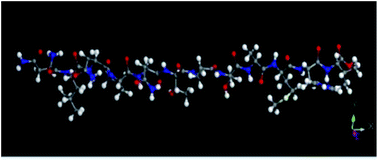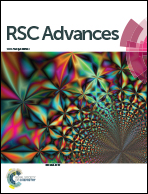Preparation and analysis of a new bioorganic metallic material
Abstract
Biofouling on metal surfaces is one of the main reasons for increased ship drag. Many methods have already been used to reduce or remove it with moderate success. In this study, a synthetic peptide has been utilized to react with 304 stainless steel aiming to generate a bioorganic stainless steel using a facile technique. After the reaction, white matter was found on the surface of the treated stainless steel via SEM, whilst the nontreated stainless steel had none. Elemental analysis confirmed that excessive N existed on the surface of the treated samples using an integrated SEM-EDS instrument, implying the presence of peptides binding on the surface of the bioorganic stainless steel. The FTIR spectra showed amide A and II peaks on the surface of the bioorganic stainless steel suggesting that either the peptides grafted onto the steel surface or the polypeptide composition accumulated on the steel samples. XPS analysis of the treated steel demonstrated that there was nitrogen bonding on the surface and it was a chemical bond via a previously unreported chemical interaction. The treated steel has a markedly increased contact angle (water contact angle of 65.7 ± 4.7° for nontreated steel in comparison to treated, 96.4 ± 2.1°), which supported the observation of the wettability change of the surface, i.e. the decrease of the surface energy value after peptide treatment. The changes of the surface parameters (such as, Sa, Sq, Ssk and Sku) of the treated steel by surface analysis were observed.


 Please wait while we load your content...
Please wait while we load your content...